Recently, I enjoyed a lecture at the Garden by Debra Prinzing, the author of Slow Flowers: Four Seasons of Locally Grown Bouquets from the Garden, Meadow, and Farm.
While Debra helped us discover how to use the best locally grown cut flowers all year long, I’ve been on a “slow flower” journey of my own this winter, taking Botanical Drawing with Colored Pencil with instructor Derek Norman and 13 other Garden members in the Design Studio at our Regenstein Center. Slow processes (cooking, springtime, gardening, travel, motherhood) always demand patience, and constantly toe the line between joy and frustration. Drawing is no exception!
Derek brought in fresh flowers or leaves weekly and led us in studying their forms and showing us how to render them—in our own ways—on different kinds of paper with colored pencils, which we got to know by number, not color name.
During some class sessions, when I could work without self-consciousness and distraction, I felt freedom and joy—a pure relaxation I rarely experience. And I was proud of my work:
Some sessions proved challenging and exhausting, especially those that followed my visit to the wonderful Picasso exhibition at the Art Institute or a weekend examining the exquisite botanical drawings by Ellsworth Kelly. I was full of doubt and frustration, and the drawing experience and images suffered.
I am not an experienced artist. (The last time I took a drawing course was as a student at Wellesley.) And since I’ve been working at the Garden I have seen (and been intimidated by) so many remarkable botanical illustrations, like those produced by the members of the American Society of Botanical Artists or shown at the Garden’s Annual Student Botanical Arts Exhibition.
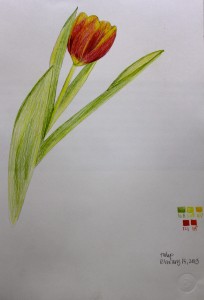 But last summer, my sister-in-law, nephew, and I spent an afternoon in Wisconsin drawing pansies and wild geranium. What alternating feelings of joy and frustration! I’d make progress on my petals only to look up and see that my sketch looked nothing like the plant on the picnic table before me. But my 7-year-old nephew gave me the encouragement I needed. He told me enthusiastically, “Just go for it, add some watercolor, don’t worry!” His sweet voice cut through my filters of, “I can’t, I won’t, I’m scared,” and I added some purple paint…and eventually felt inspired to sign up for the Garden class.
But last summer, my sister-in-law, nephew, and I spent an afternoon in Wisconsin drawing pansies and wild geranium. What alternating feelings of joy and frustration! I’d make progress on my petals only to look up and see that my sketch looked nothing like the plant on the picnic table before me. But my 7-year-old nephew gave me the encouragement I needed. He told me enthusiastically, “Just go for it, add some watercolor, don’t worry!” His sweet voice cut through my filters of, “I can’t, I won’t, I’m scared,” and I added some purple paint…and eventually felt inspired to sign up for the Garden class.
I am glad I did. I learned new skills, used new tools, and got to know myself—and the Garden—better. I made new friends, whose works of art I so admire. I’ll be back—sketching at the Garden and signing up for another class (maybe even watercolors!) as soon as possible.
©2013 Chicago Botanic Garden and my.chicagobotanic.org

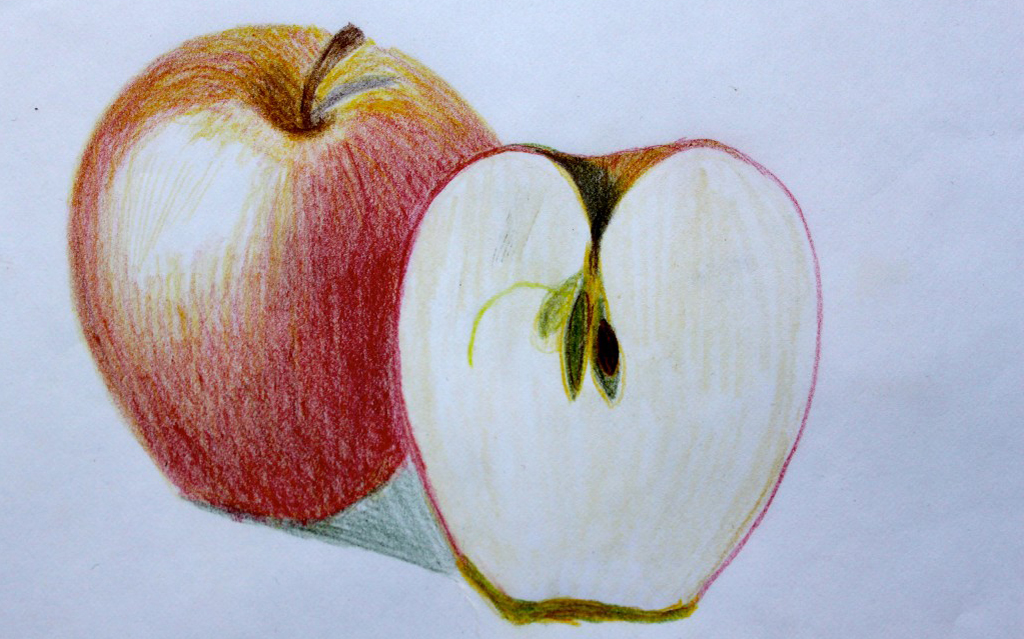
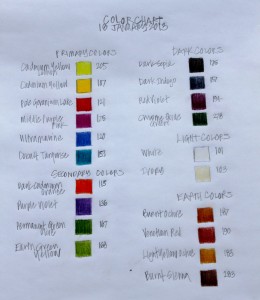
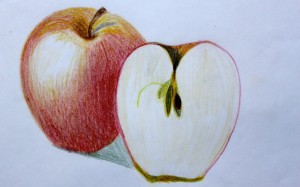
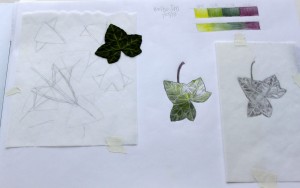
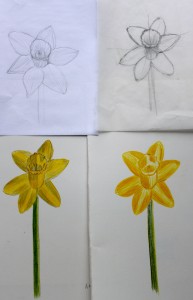
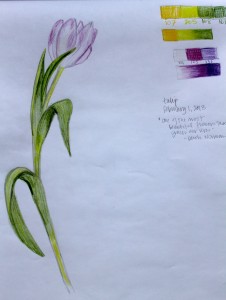
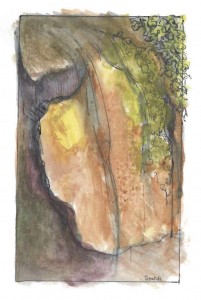
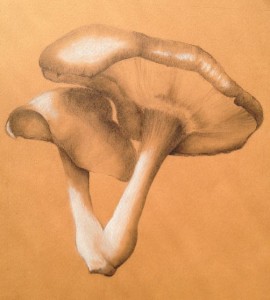
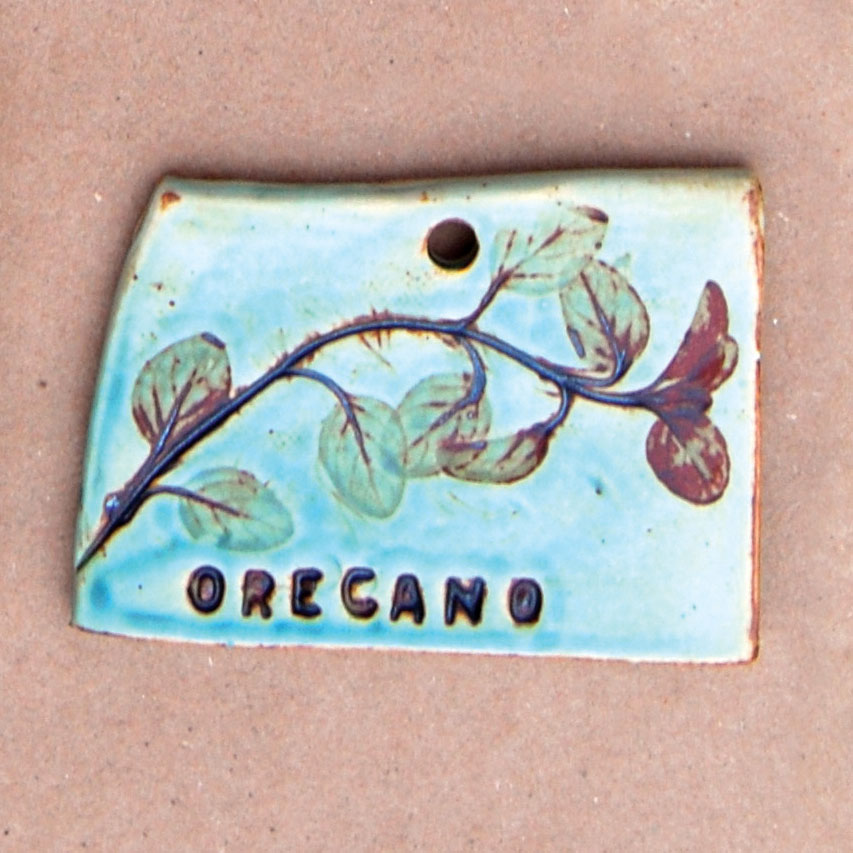
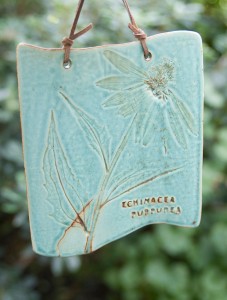
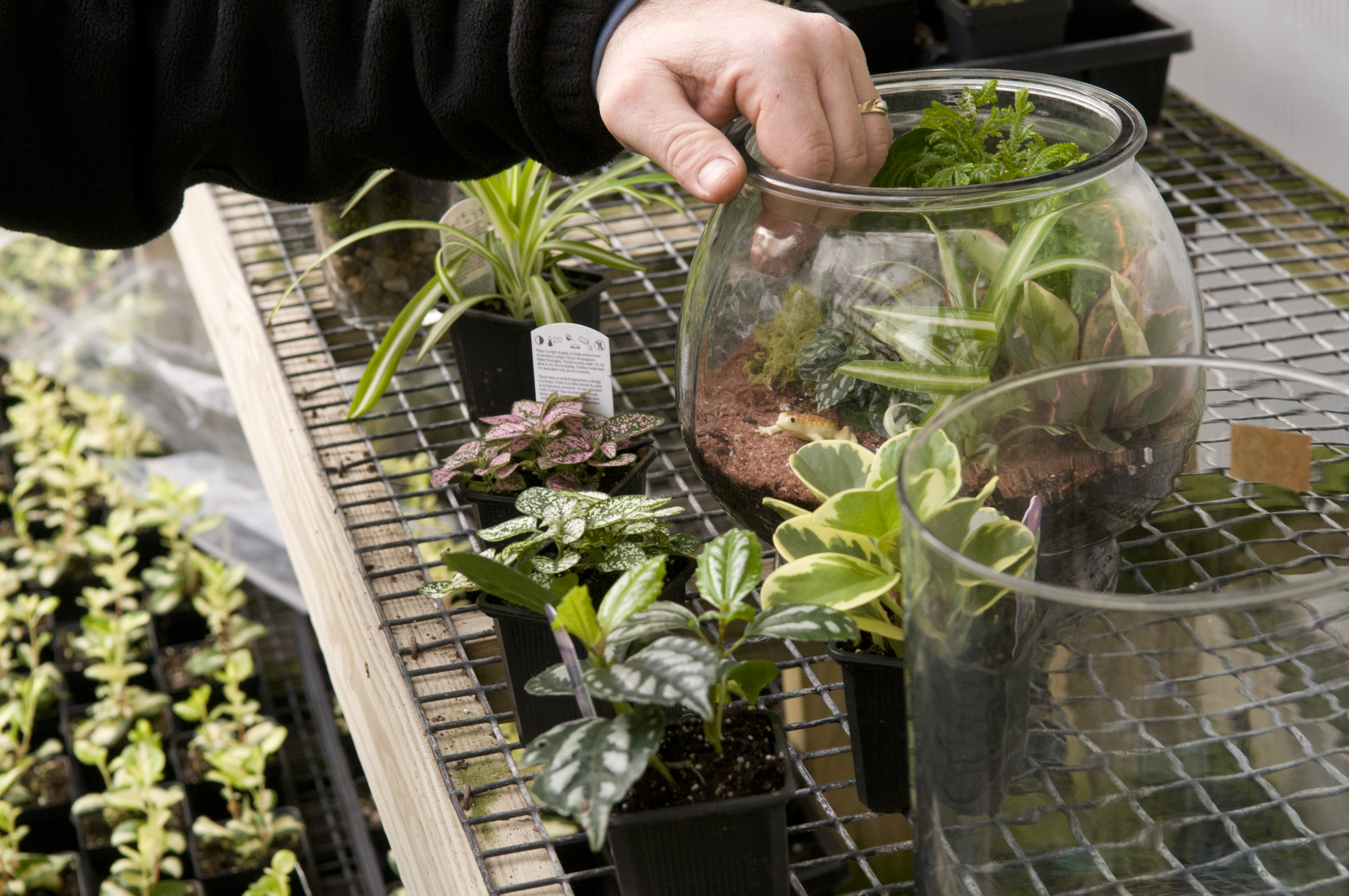
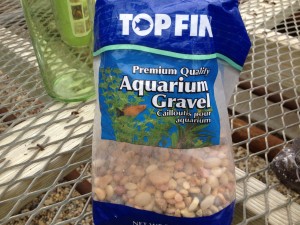
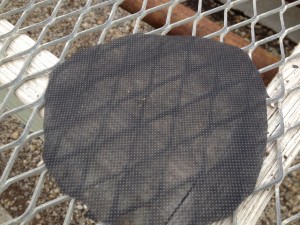
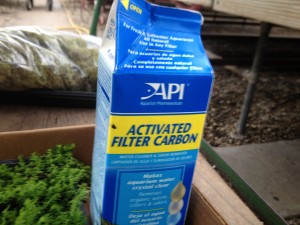
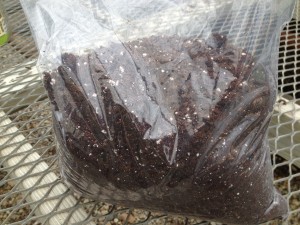
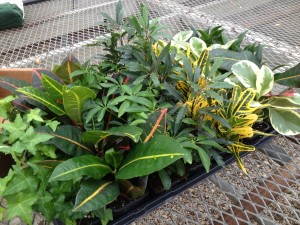
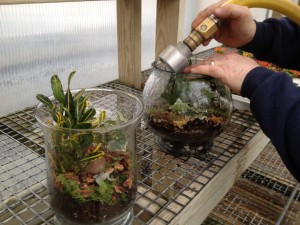
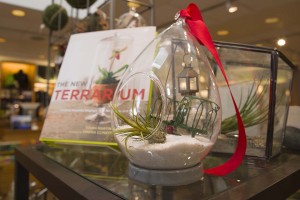
 Richard Reynolds, a self-proclaimed guerilla gardener and blogger, comes to the Garden on Tuesday, February 8 to give us an inside scoop on his involvement with this movement. Check out this video on planting sunflowers in public spaces and then come join the discussion during his presentation.
Richard Reynolds, a self-proclaimed guerilla gardener and blogger, comes to the Garden on Tuesday, February 8 to give us an inside scoop on his involvement with this movement. Check out this video on planting sunflowers in public spaces and then come join the discussion during his presentation.